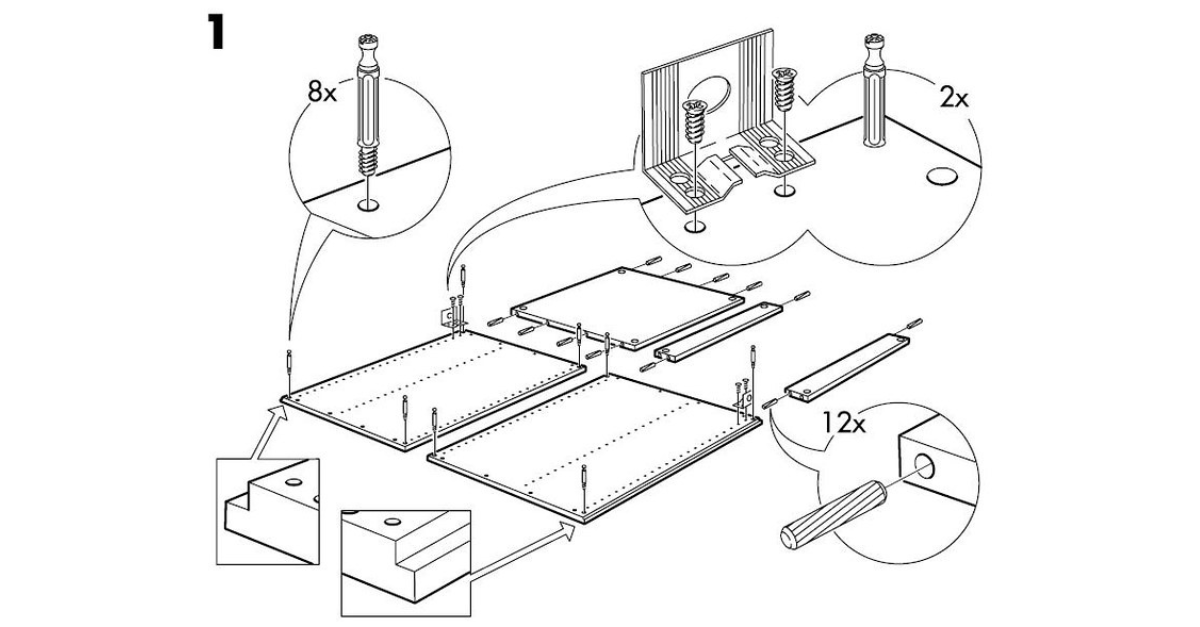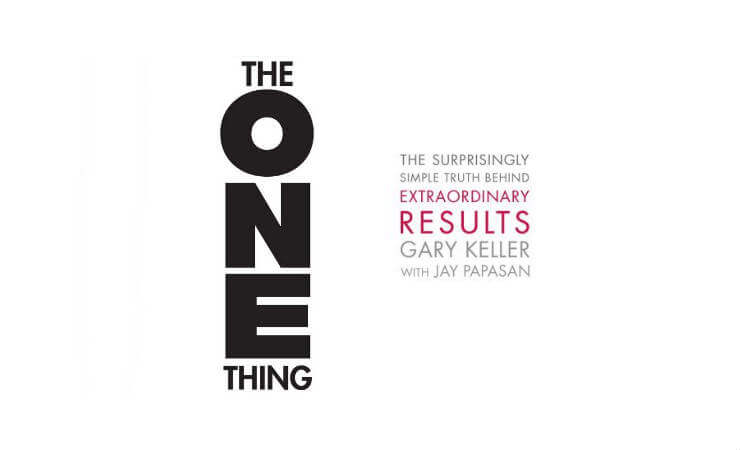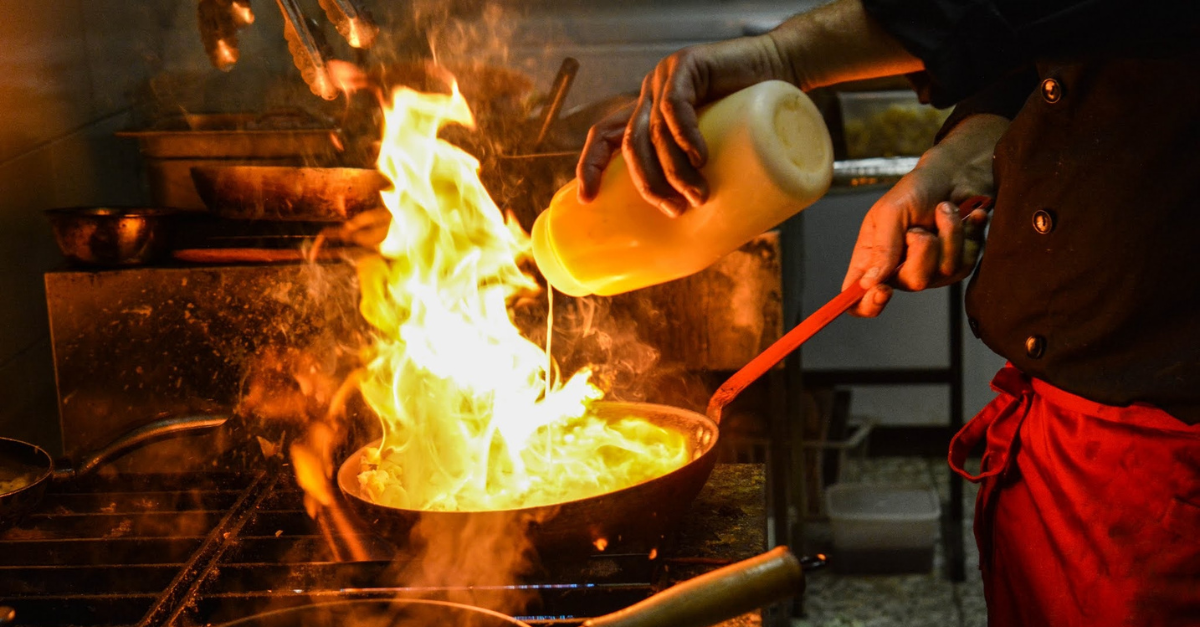-
 Continue reading →: What IDs Can Learn From Political Slogans
Continue reading →: What IDs Can Learn From Political SlogansTL:DR – ID should be motivational, clear, and personal. Love them or hate them, political slogans are some of the most carefully crafted pieces of communication on the planet. They’re short. They’re sticky. And when done well, they move people to action. As Instructional Designers, we can take a cue…
-
 Continue reading →: What IDs Can Learn From Great Sports Coaches
Continue reading →: What IDs Can Learn From Great Sports CoachesTL:DR – Instruction is important, but incomplete without practice, repetition, and real-time feedback. Watch a great sports coach and you’ll notice something: they don’t just tell athletes what to do. They watch, correct, and drill—over and over. In learning design, we often stop at the “telling,” or the Reaction level…
-
 Continue reading →: What IDs Can Learn From Stand-up Comedy
Continue reading →: What IDs Can Learn From Stand-up ComedyTL:DR – Timing, pacing, and audience engagement are critical in both comedy and learning. Great comedians don’t just tell jokes. They understand timing, audience connection, and how to lead people to a punchline with purpose. Instructional designers? We do the exact same thing. (Or at least we should!) Just like…
-
 Continue reading →: What IDs Can Learn From Horror Movies
Continue reading →: What IDs Can Learn From Horror MoviesTL:DR – Hook first. Structure always. Emotion throughout. Most horror movies don’t build up to something interesting. They start with something interesting. Think about it. Within the first few minutes, someone is missing, bleeding, possessed, or doing something suspicious in a dark basement they should’ve never entered. Why? Because the…
-
 Continue reading →: What IDs Can Learn From Improv Comedy (Part 2)
Continue reading →: What IDs Can Learn From Improv Comedy (Part 2)TL:DR – While clarity beats complexity, complexity, when used properly, can cure complacency. (What IDs Can Learn From Improv Comedy Part 1) Clarity beats complexity. And while that is 100% true, complexity does have its place. “Yes, and…”, especially when added to gamification, is a great way to add complexity…
-
 Continue reading →: The Learner’s Journey
Continue reading →: The Learner’s JourneyLearning is a journey, not a destination. Crafting training as a learning journey is the transformative process that takes individuals from simply encountering new information to mastering it. Whether you’re a corporate trainer, an educator, or a lifelong learner, understanding the stages of this journey (Awareness, Knowledge, Skill, and Mastery)…
-
 Continue reading →: What IDs Can Learn From Improv Comedy (Part 1)
Continue reading →: What IDs Can Learn From Improv Comedy (Part 1)TL:DR – Collaboration is king. “Yes, and…” is the catalyst for improv – and for instructional design. Collaboration, quick thinking, audience responsiveness, and building on ideas in real time is at the heart of what IDs do. Instructional Designers might not be performing under stage lights, but we can learn…
-
 Continue reading →: What IDs can learn from Blaise Pascal
Continue reading →: What IDs can learn from Blaise PascalTL:DR – Brevity is not bad. Some of you may appreciate Blaise Pascal for his contributions to math and physics. Some of you may appreciate him for his awesome mustache! While I appreciate those qualities about Pascal as well, what I appreciate most is his insight into Instructional Design. Yes.…
-
 Continue reading →: What IDs Can Learn From IKEA Instructions
Continue reading →: What IDs Can Learn From IKEA InstructionsTL:DR – Simplicity wins. IKEA instructions are famously wordless, and yet millions of people build furniture with them. Why? Because they are simple, visual, and step-by-step. As Instructional Designers, we sometimes feel pressure to prove how much we know about our topic and audience. In doing so, we often make…
-
 Continue reading →: What IDs can learn from The ONE Thing (Part 1)
Continue reading →: What IDs can learn from The ONE Thing (Part 1)TL:DR – Learning is a journey, because like success, it is sequential and not simultaneous. Instructional Designers can learn a lot from The ONE Thing – specifically, success (and training) is sequential, not simultaneous. The subtitle of The ONE Thing is “The Surprisingly Simple Truth About Extraordinary Results.” If you…
Hello,
I’m Simon

For more than 20 years, I’ve designed and led training programs that actually make a difference in Fortune 50 companies and nonprofit teams.
My work spans instructor-led training (ILT), virtual and computer-based learning (vILT/CBT), eLearning development, gamification, and event-based training that moves people to action.
I specialize in turning complex business goals into clear, engaging learning experiences that are grounded in education science, brought to life with modern tools, and delivered with heart.
I’ve managed large-scale training rollouts, led cross-functional teams, and built onboarding and product training that drives real results.
But my favorite part of the job is helping other instructional designers get better at theirs.
That’s why I want to help develop training developers.
Let’s connect
Join the fun!
Stay updated with our latest tutorials and ideas by joining our newsletter.



